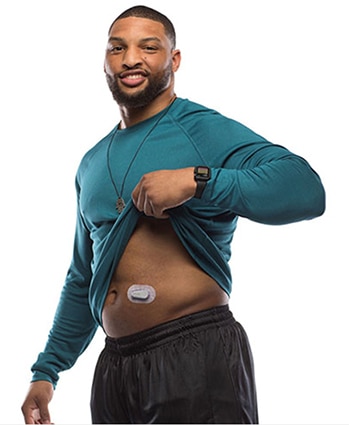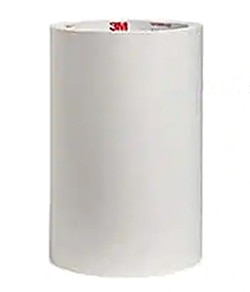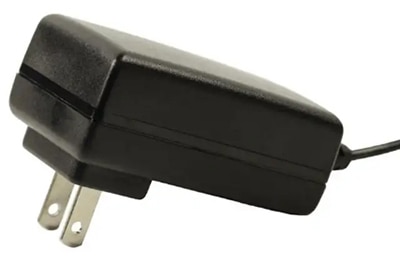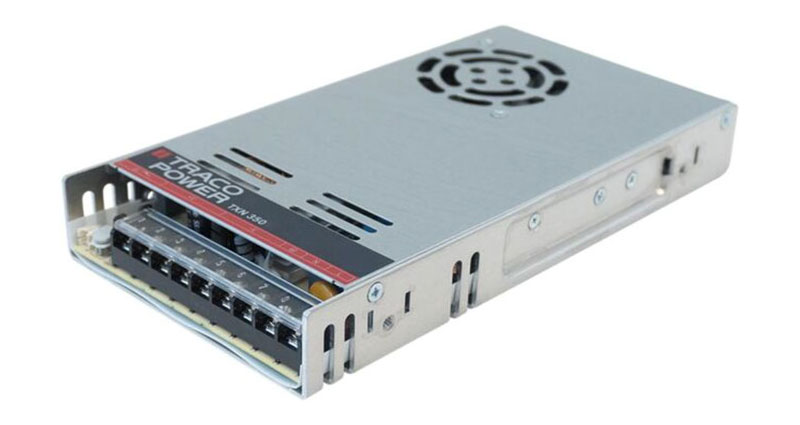How to Choose the Right Medical Tape to Ensure Successful Electronic Healthcare Designs
Healthcare holds many opportunities for innovative designers, particularly in the area of portable electronic medical devices for monitoring or diagnosis. These are not only improving health outcomes but also taking pressure off stretched hospital resources and budgets. However, designs will not be effective if users can’t—or won’t—keep the devices in place.
For example, constant glucose monitoring (CGM) for diabetics illustrates the pull for portable healthcare solutions. The size of a future CGM market depends on who you want to believe, but it’s growing, and a mid-range estimate from analyst Allied Market Research suggests the current $1.7 billion sector will grow to $8.8 billion by 2027, at a CAGR of 22.0%
Management of blood glucose is critical for diabetes sufferers staving off comorbidities such as hypertension, cardiovascular disease, and kidney problems. The conventional technique is to finger-prick several times a day and apply a sample to a blood glucose meter. But that’s uncomfortable and provides infrequent snapshots of what’s happening inside the body.
CGM instead uses electronic devices that monitor the glucose level of interstitial fluid using a tiny needle embedded in the skin (Figure 1). The interstitial measurement is a good proxy for what’s happening in the blood.
 Figure 1: CGMs monitor the glucose level of interstitial fluid using a tiny needle embedded in the skin. (Image source: Dexcom)
Figure 1: CGMs monitor the glucose level of interstitial fluid using a tiny needle embedded in the skin. (Image source: Dexcom)
The products are innovative medical devices with the electronics not only responsible for calculating and recording the blood glucose measurements but also wirelessly transmitting the information to other devices using technology such as near field communication (NFC) or Bluetooth low energy (BLE).
The problem of device attachment
While the reliability, accuracy, price, and battery life of the product are all important to the diabetic, there is one issue that’s far more critical. And it’s a salutary reminder to designers that seemingly insignificant details can determine a product’s success.
A diabetic using a CGM device must wear the sensor (with its subcutaneous needle) for up to a week at a time. That means the most important thing to them is that the attachment is comfortable, convenient, robust, and reaction-free. It doesn’t matter if the CGM is an award-winning product with an established reputation; if it irritates the diabetic, they won’t wear it.
CGM devices are compact and lightweight sensors, so medical adhesive tape is a practical option for attaching them to the body. While the mechanics are straightforward, the fact that skin is a breathing, sweating, cell-shedding substrate means selecting the right tape for the job is anything but.
The factors determining the correct choice include:
- Fluid resistance: Does the medical tape need to be waterproof?
- Repositionability: Can the product accommodate removal and re-sticking?
- Wear time: How long does the product retain its integrity when adhered to the body?
- Conformability: How well does the product deal with device and body movement?
- Moisture vapor transmission rate (MVTR): How well does sweat generated under the tape escape?
- Comfort: Will the product cause an adverse skin reaction?
Let’s consider each of these with reference to the CGM device example.
The right tape ensures device effectiveness
Diabetics don’t want a CGM device to restrict their daily lives; that means they’ll want to wear the sensor in the shower or swimming pool. This is a major challenge for the tape and typically calls for a strong adhesive such as 3M’s 1776 acrylic line (Figure 2).
 Figure 2: A strong adhesive like the 1776 allows wearers to stay active, including swimming and showering. (Image source: 3M)
Figure 2: A strong adhesive like the 1776 allows wearers to stay active, including swimming and showering. (Image source: 3M)
The patient will also want the CGM device to remain in place for a long time without moving once it’s located in a comfortable spot. If it’s uncomfortable, because, for example, the product clashes with the position of clothing waistbands, the patient is likely to want to unstick, adjust, and re-adhere.
Fluid resistance, wear time, and the ability to be repositioned are a trade-off because the first two call for strong adhesive, while the latter is satisfied by a less aggressive type that’s not too painful to unstick—particularly in the early days when the adhesive is at its strongest. And while it’s less of a problem for CGM devices which tend to be worn in areas of robust skin, such as the upper legs, arms, and abdomen, some medical devices need to stick for long periods to delicate areas of skin such as that on the face. For that application, they require even gentler adhesives that peel off without danger of skin tears.
The skin is very elastic, while medical sensors are much less so. That makes the adhesive interface between the skin and device prone to failure due to mechanical stress. One solution is to ensure the adhesive tape overlaps the sensor to provide a margin for movement. While this does demand larger patches of tape, it significantly lowers the incidence of failure.
On robust skin and for devices with long wear times, acrylic tapes are recommended. But for devices worn on delicate skin, silicone pressure-sensitive adhesives (PSAs), like 3M’s 2477P, eliminate skin trauma and work well for repeat applications or repositioning of a medical device.
MVTR is a function of both the adhesive layer and the tape backing. If sweat can’t escape, it will accelerate the failure of the adhesive bond. But even selecting a tape with high MVTR might not be the answer if it is positioned beneath the medical device because the sweat won’t be able to pass through the sensor. One solution is to consider tapes with non-woven backings because they encourage moisture vapor to wick to the sides of the tape and escape, rather than just to its surface.
Finally, some patients have skin that is more likely to react to tape than others, so one solution is to have a standard product for those with less-delicate skin and a hypoallergenic version for the more sensitive. Paper tapes with acrylate adhesives are a good choice for hypoallergenic applications.
Conclusion
It’s increasingly the case that complex electronic devices are solving medical monitoring and diagnosis problems, but keeping them attached to the surface of the skin in a way that’s comfortable for wearers is critical. Without careful attention to the type of tape and adhesive, the device may not remain in place long enough to do its job, or wearers may flat out remove it due to discomfort.
Medical tape supplier 3M has been in the business for over five decades and is a good resource for help with navigating the complexity of product choice. As shown, the company can supply products from a wide range of adhesive, backing, and tape construction options to meet the trade-offs for a particular application. And if a specific die-cut shape or widths/lengths are needed, DigiKey can offer a quote on these secondary services. There’s a handy table here summarizing 3M’s medical tape options.

Have questions or comments? Continue the conversation on TechForum, DigiKey's online community and technical resource.
Visit TechForum










